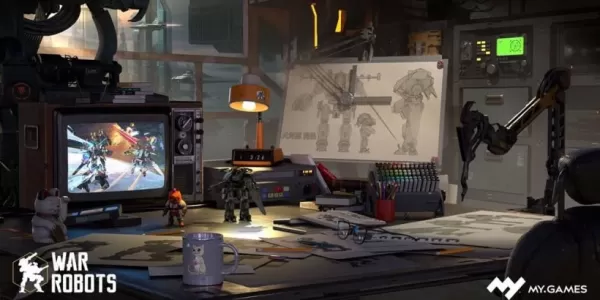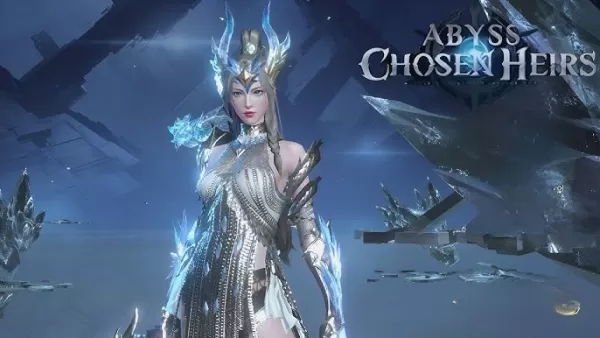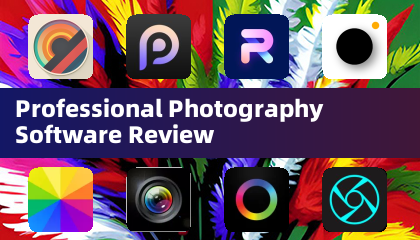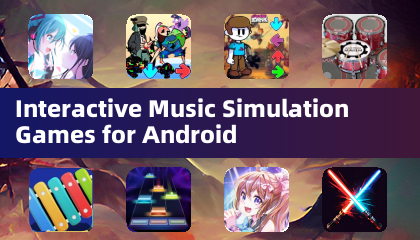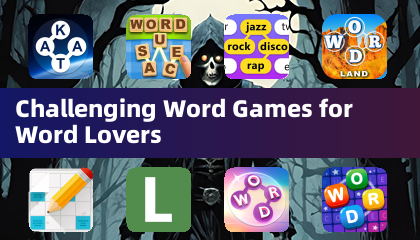Chat in Minecraft serves as a vital tool for player interaction, enabling communication, command execution, and server notifications. It facilitates coordination, resource sharing, question-asking, role-playing, and game management. Servers utilize the chat to relay system messages, alert players to events, distribute rewards, and share update information.
Table of Contents
- How to Open the Chat and Use Commands
- Communication on the Server
- Frequently Asked Questions and Errors
- Text Formatting
- System Messages
- Useful Commands
- Chat Settings
- Differences Between Java and Bedrock Edition
- Chat on Custom Servers
How to Open the Chat and Use Commands
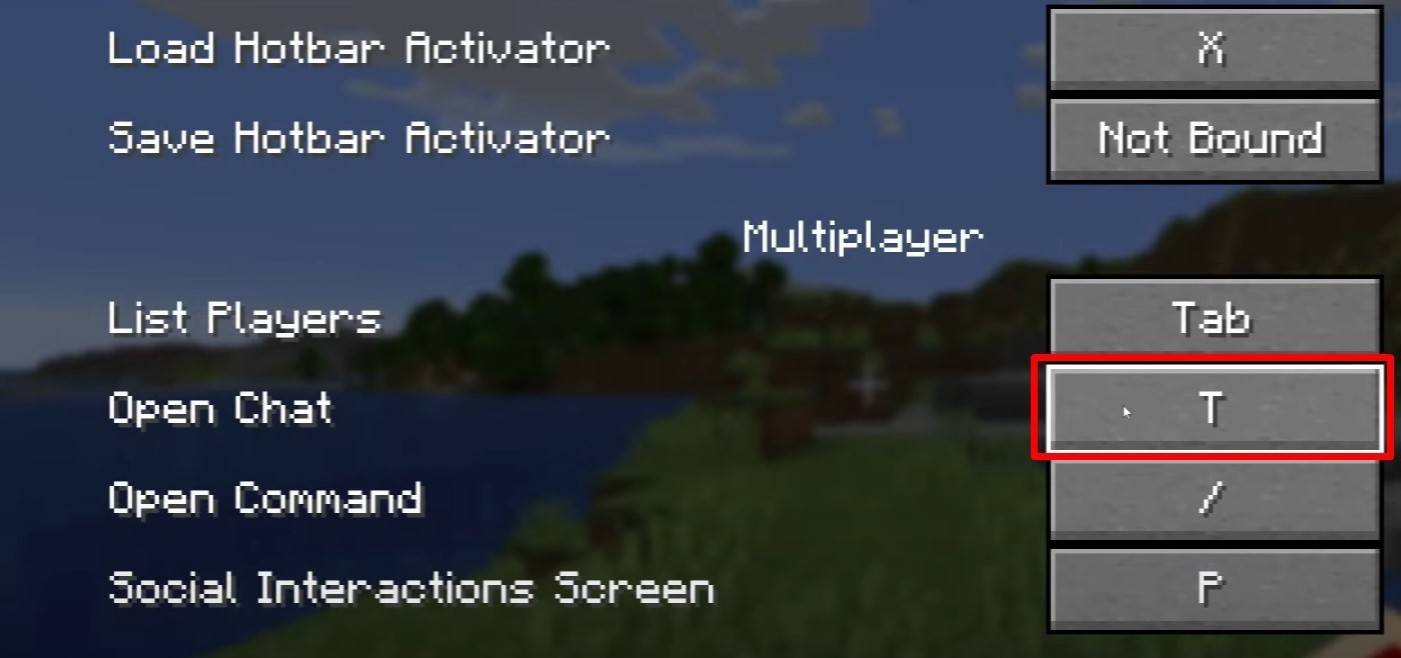 Image: youtube.com
Image: youtube.com
To access the chat, simply press the 'T' key. A text box will appear where you can type your message and hit 'Enter' to send it. If you start your input with a "/", you'll be entering a command, such as:
- "/tp" — teleport to another player;
- "/spawn" — teleport to spawn;
- "/home" — return to your set home;
- "/help" — view a list of available commands.
In single-player mode, commands are only functional with cheats enabled. On servers, command access is determined by player permissions.
Also read: Take charge of Minecraft: a deep dive into commands
Communication on the Server
 Image: youtube.com
Image: youtube.com
Server communication is diverse. The standard chat is visible to all players. Private messages can be sent using the "/msg" command, visible only to the recipient. Servers with plugins may offer group or team chats accessed via commands like "/partychat" or "/teammsg". Global and local chats exist on some servers, where messages in global chat are seen by all, while local chat is limited to a certain radius.
Players are assigned roles on servers. Regular players can chat and use basic commands, while moderators and administrators have additional privileges, such as muting or banning players. Muting prevents message sending, and a ban restricts server access.
Frequently Asked Questions and Errors
 Image: youtube.com
Image: youtube.com
- "Chat won’t open" — try changing the key in the control settings;
- "I can't write in chat" — you might be muted, or chat might be disabled in the game settings;
- "Commands aren’t working" — check if you have the necessary permissions on the server;
- "How to hide the chat?" — you can disable it in the settings or use the /togglechat command.
Text Formatting
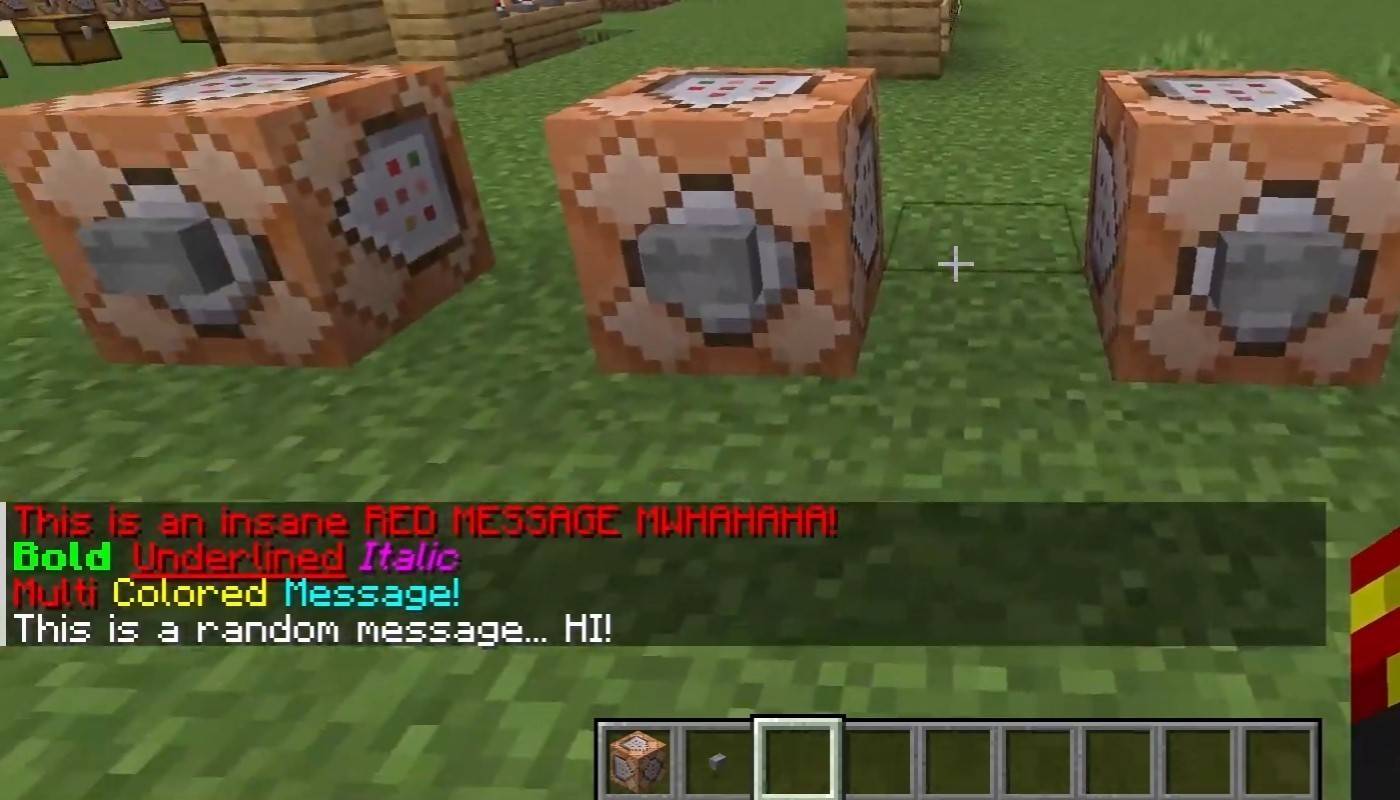 Image: youtube.com
Image: youtube.com
On servers supporting text formatting, you can use:
- "&l" — for bold text;
- "&o" — for italic;
- "&n" — for underlined text;
- "&m" — for strikethrough;
- "&r" — to reset formatting.
System Messages
The chat displays various system messages, including player join and leave notifications, achievement announcements like "Player has obtained a diamond pickaxe", server updates, events, and command errors such as "You do not have permission". It also shows executed command feedback and game status notifications. Administrators and moderators use it to communicate important changes or server rules.
Useful Commands
- "/ignore" — ignore messages from a specific player;
- "/unignore" — remove a player from your ignored list;
- "/chatslow" — impose a limit on message sending speed;
- "/chatlock" — temporarily disable the chat.
Chat Settings
 Image: youtube.com
Image: youtube.com
In the "Chat and Commands" menu, you can toggle chat on or off, adjust font size, background transparency, and enable a profanity filter (in Bedrock Edition). You can also customize command message display and change text color. Some versions allow filtering messages by type, enhancing the gaming experience.
Differences Between Java and Bedrock Edition
In Bedrock Edition, commands like "/tellraw" function differently. Newer Java Edition versions have introduced message filtering and a confirmation requirement for sending messages.
Chat on Custom Servers
 Image: youtube.com
Image: youtube.com
Custom servers often feature auto-announcements for rules and events, and message filters to block spam, ads, profanity, and insults. Large servers may include additional chat channels like trade, clan, or faction chats.
Minecraft's chat system is not just for communication; it's a powerful tool for managing gameplay. With its high level of customization and numerous commands, understanding its basics can significantly enhance your interaction with other players and maximize the utility of its features.

 Image: youtube.com
Image: youtube.com Image: youtube.com
Image: youtube.com Image: youtube.com
Image: youtube.com Image: youtube.com
Image: youtube.com Image: youtube.com
Image: youtube.com Image: youtube.com
Image: youtube.com LATEST ARTICLES
LATEST ARTICLES 